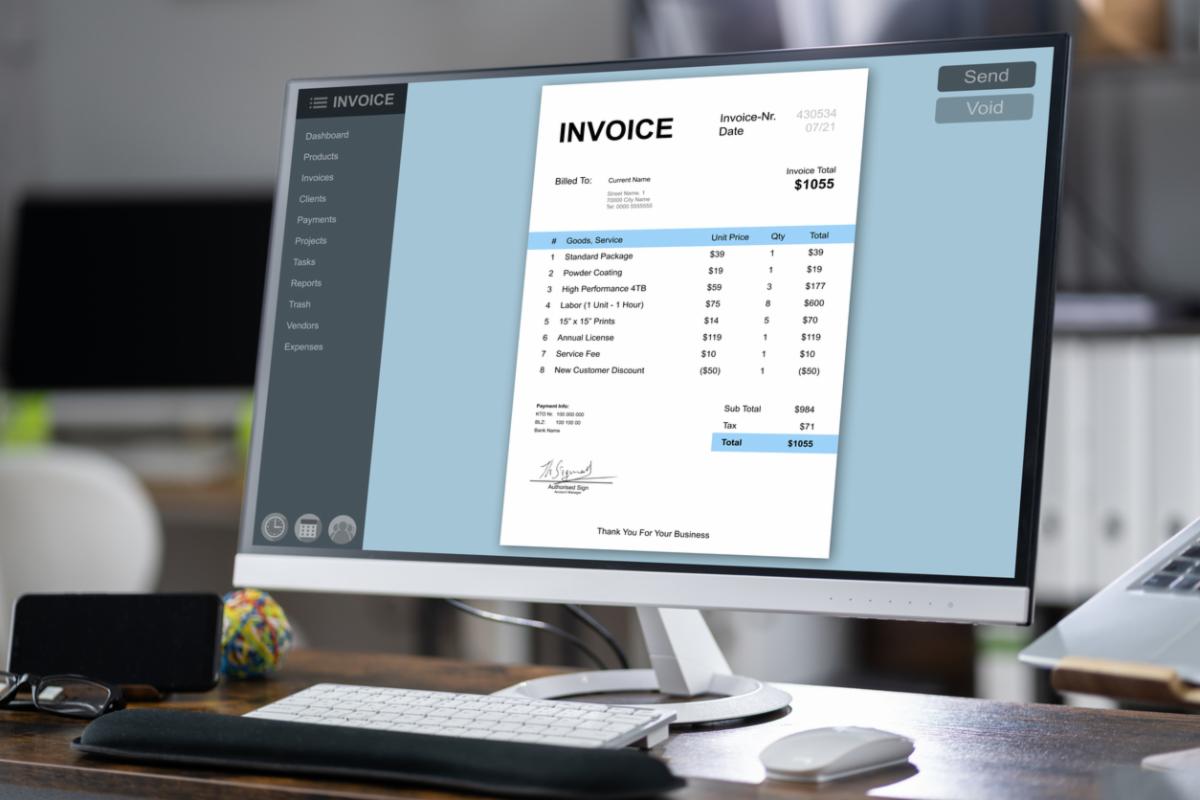Nonprofit organizations are increasingly implementing accounts payable automation. The benefits include streamlining processing, maximizing efficiency and improving transparency and access to data. However, it is important to note that these automated systems are tools that require manual input in their setup to ensure efficient workflow and effective internal controls.
In my experience successfully implementing these automated systems at several nonprofits, there are best practices that should be followed in this process, some of which I would like to share with you.
Benefits and Best Practices
Benefit: Approval workflows are preset in the system ensuring that all invoices are approved prior to payment.
Best Practice: The individual(s) assigned to review and approve invoices should have direct knowledge of the goods received or services performed that are being billed. An approval from individuals without this knowledge is not a meaningful approval.
Benefit: A predetermined rule can be set up in the system requiring supporting documentation for all expenditures.
Best Practice: Automated systems should not solely determine the accuracy of supporting documentation and if the documentation indicates a valid business purpose in accordance with the organization’s mission. This is the responsibility of the individual(s) who review and approve the invoices. Training that emphasizes the importance of supporting documentation is essential to ensure that this responsibility is met.
Benefit: Accounts payable automation can assign general ledger accounts to invoices using the software. This can reduce errors, save time and improve financial reporting.
Best Practice: Customization to the software might be needed if a single invoice needs to be allocated to different expense categories or cost centers. Prior to selecting an automated system, confirm with the software vendor that the customization your organization needs can be accommodated.
Benefit: Automation increases productivity, efficiency and improves access to data.
Best Practice: To maximize the benefits of the system, end-user training should be provided. The standard training provided by the software vendor might not apply to the customization you made. Develop and distribute a user manual with instructions specific to your organization’s system. Create your own virtual training to guide end-users through the step-by-step process they should follow.
Roberta Katz Consulting is working with many nonprofits to implement efficient and effective operating procedures and policies to ensure the ongoing operation of their finance departments. Schedule a complimentary consultation to discuss how I can provide your organization with an impartial evaluation of your finance department.
I look forward to hearing from you!
Roberta

Leave a Reply